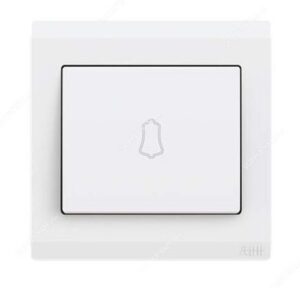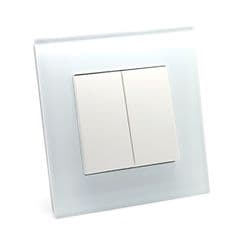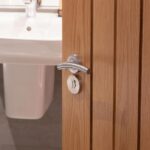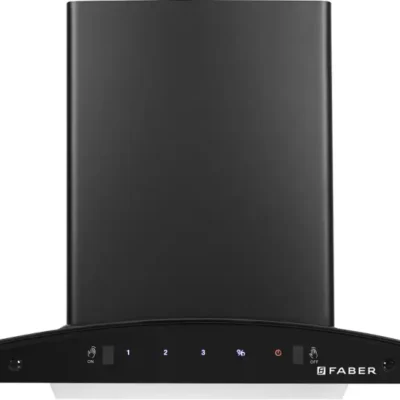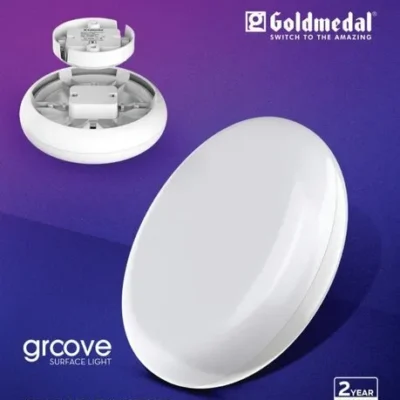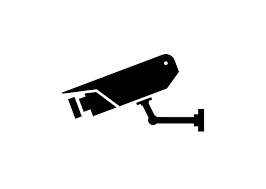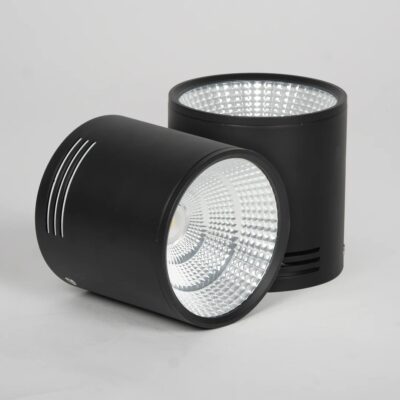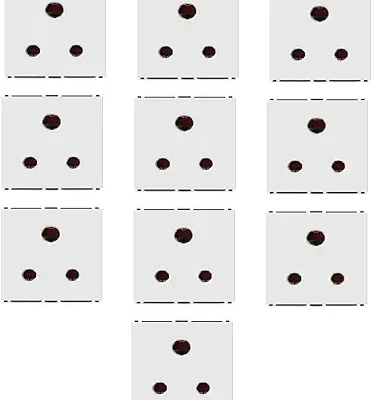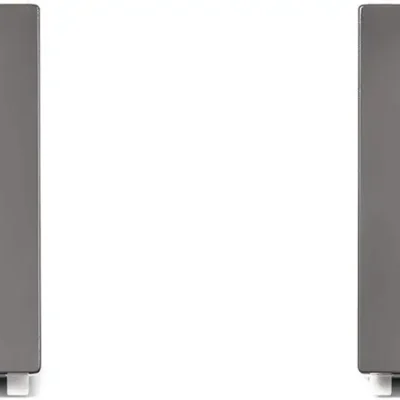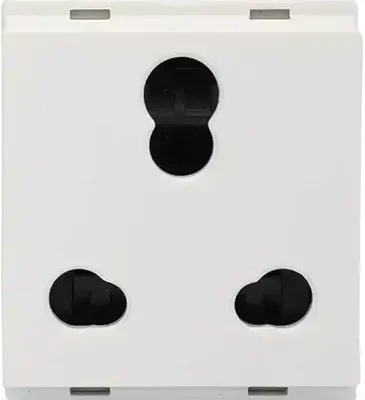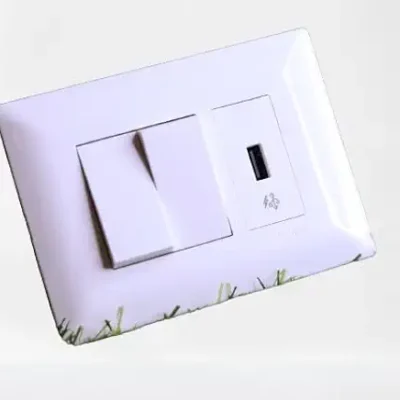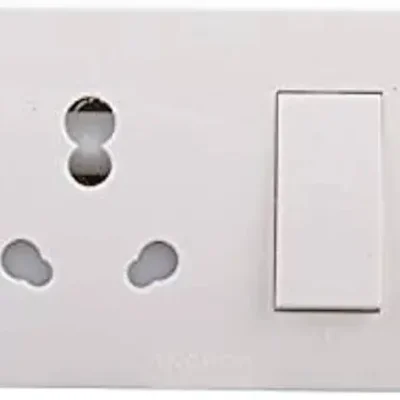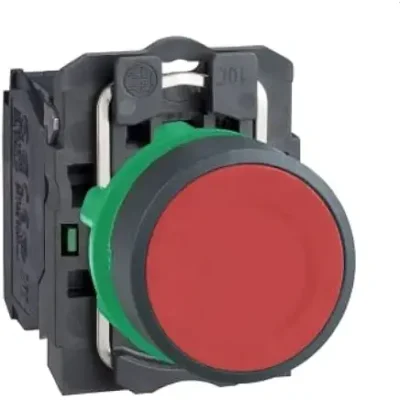1. PUSH button switches:
Push Button Switches are activated by manually pushing using a finger. The button, when pushed, activates or deactivates the switch. When released, the button comes back to its normal position. They are often used for momentary functions like doorbells or temporary lighting.
2. Rocker Switches
Rocker switches toggle between two positions, providing a clear indication of the on/off status. They are low-cost switches that are used across various consumer and household applications. They come in different sizes, features and styles.
3. Touch Switches
Touch Switches are operated by just touching it. They provide modern appearance and can often be integrated into smart home systems. They provide a minimalist design with no moving parts.
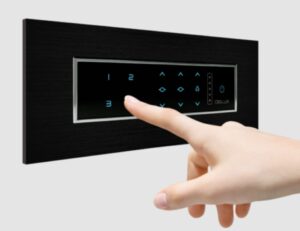
4. Dimmer switches
Dimmer switches allow you to adjust the brightness of your lights. They help create ambiance and save energy by reducing the light intensity.
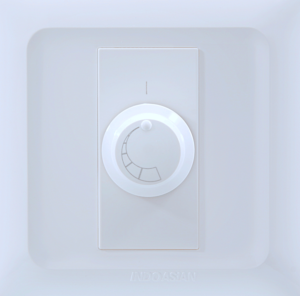
5. Fan regulators
Used to control the speed of ceiling fans and adjust airflow, these regulators typically offer multiple speed settings.
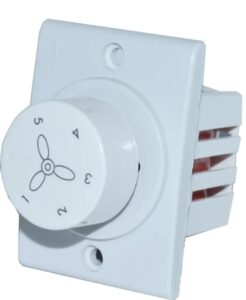
Difference between a modular switch and a normal switch
| Feature | Modular Switches | Non-Modular Switches |
|---|---|---|
| Customization | High; mix and match modules | Low; fixed design and functionality |
| Aesthetic Flexibility | Wide variety of designs and finishes | Limited design options and finishes |
| Ease of Installation | Modular components are easier to replace or upgrade | Replacement requires changing the whole switch |
| Advanced Features | Often includes modern features like USB ports and smart controls | Basic features; fewer advanced options |
| Cost | Expensive | More affordable |
FAQs
Leading 5 Switch Brands in India are Anchor, Schneider Electric, Havells, Legrand & Wipro
The common types of switches include toggle switches, rocker switches, push-button switches, and dimmer switches
In addition to their sleek and stylish designs, modular switches are designed with safety in mind. Features such as child-proofing, overload protection, and short-circuit protection reduce the risk of electrical accidents and make modular switches safer for homes and offices.
The only downside of modular switches is that they are expensive but extra money paid should be worth it given their safety advantages and better designs.

